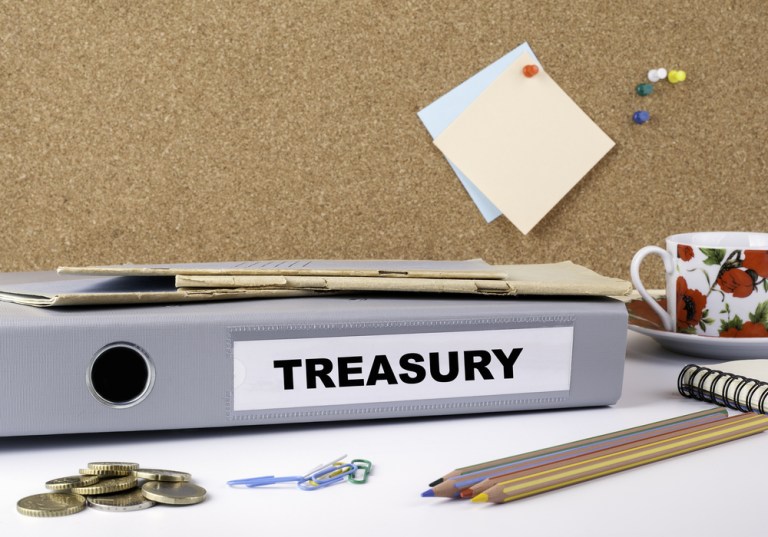There’s been talk of the role of the corporate treasurer elevating into a strategic position for the enterprise. That may be true for some companies, but often, the ability for the corporate treasurer to serve as a strategic player depends on the tools available at their disposal.
SMEs rarely have the funds to invest in sophisticated treasury management systems (TMS), says TreasuryXpress CEO Anis Rahal, part of that is because the TMSs available are hefty, chock-full of tools that not every company actually needs and force a business to spend time and resources on implementation efforts.
The way corporate treasurers and their businesses procure treasury tools, Rahal told PYMNTS, has to change.
“In the U.S., you have thousands of companies with revenue of about $50,000 — only 10 percent are using treasury management systems,” the executive said. “Not because they don’t want to or they don’t need it, but because it’s very expensive. It’s a luxury.”
TreasuryXpress’ solution is to launch the Lab, a platform where corporate treasurers can pick and choose — and ultimately buy — the services and solutions they want and need for their business. It’s an unbundling of the treasury management system that Rahal said enables smaller companies to access the tools they need without spending money on the rest of a packaged TMS.
If it seems like a consumer online shopping experience, that’s because it sort of is.
Advertisement: Scroll to Continue
“As a consumer, from a B2C perspective, I am capable of buying anything I want to in terms of FinTech solutions, in terms of technological services,” Rahal said. “Why not the same for treasurers?”
But the Lab, Rahal said, is about more than simply giving treasury officials a B2C-like procurement experience. Treasurers today, even at smaller companies, need more than simple cash management solutions.
“Finances have become more complex,” Rahal said. “In some ways, [treasurers] are not just managing the cash and being a cost center; they are also an enabler of growth through strategic management of financial deals and working capital.”
He pointed to rising demands in data management and analytics that businesses and their money managers need to stay competitive — and they need to do it quickly, Providing on-demand treasury tools that treasurers can shop for online speeds up the implementation far from the traditional process of integrating a treasury management system into the enterprise, the executives said.
Just like consumers shifting their demands for shopping online, Rahal said corporate treasurers — especially younger professionals — are changing the way they demand treasury tools.
“When they buy technology, they really need to, first of all, justify the cost quickly,” Rahal said, “and they need to feed in value much faster than before.”
Rahal highlighted the traditional way of adopting a TMS, which includes implementation and project management roadmaps, consulting services and other processes that use up time and money.
“Treasurers, especially the young treasurers now, they don’t want to hear about that,” Rahal said of this process. They’re paying money for a solution, he said. They don’t want to pay more for the integration process, and they want to use these tools right away.
He added that the changing infrastructures built by internal IT personnel also demand treasury tools that work more in-sync with systems.
“They’re looking for their business units to leverage technology that works very easily and in compliance with those new infrastructures,” the executive said. “It’s more to cater to the treasurer and internal compliance by having light and cooperative, if you will, types of technology.”
Overall, Rahal said treasury management solutions need to be more accessible for businesses of any size, because the current business climate demands it. He described this need as the “democratization” of these tools.
“We want to make it more democratic for all SMEs to get treasury tools,” he said. “It’s easier for the treasurer in terms of implementation and in terms of having a user-friendly experience.”




